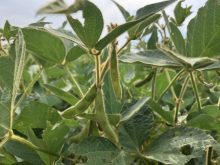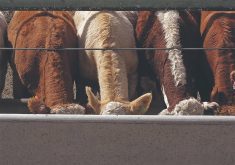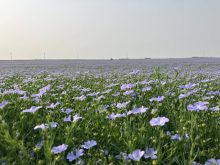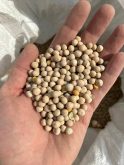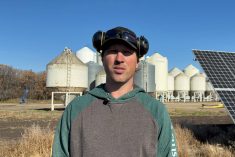The U.S. government will idle "as many acres as we possibly can" of fragile farmland but record-high grain prices are pulling land into crop production, a senior agriculture department official said Wednesday.
Some 6.5 million acres could return to tillage when Conservation Reserve contracts expire this fall. That’s one-fifth of the land in the government’s program and may be the largest turnover ever for the reserve, created in 1985 during an agricultural recession.
The U.S. Department of Agriculture said it will accept offers from landowners to enroll land in the reserve from March 12 to April 6. Owners receive an annual rent, now an average of US$57 an acre, if they agree to idle land for 10-15 years.
Read Also
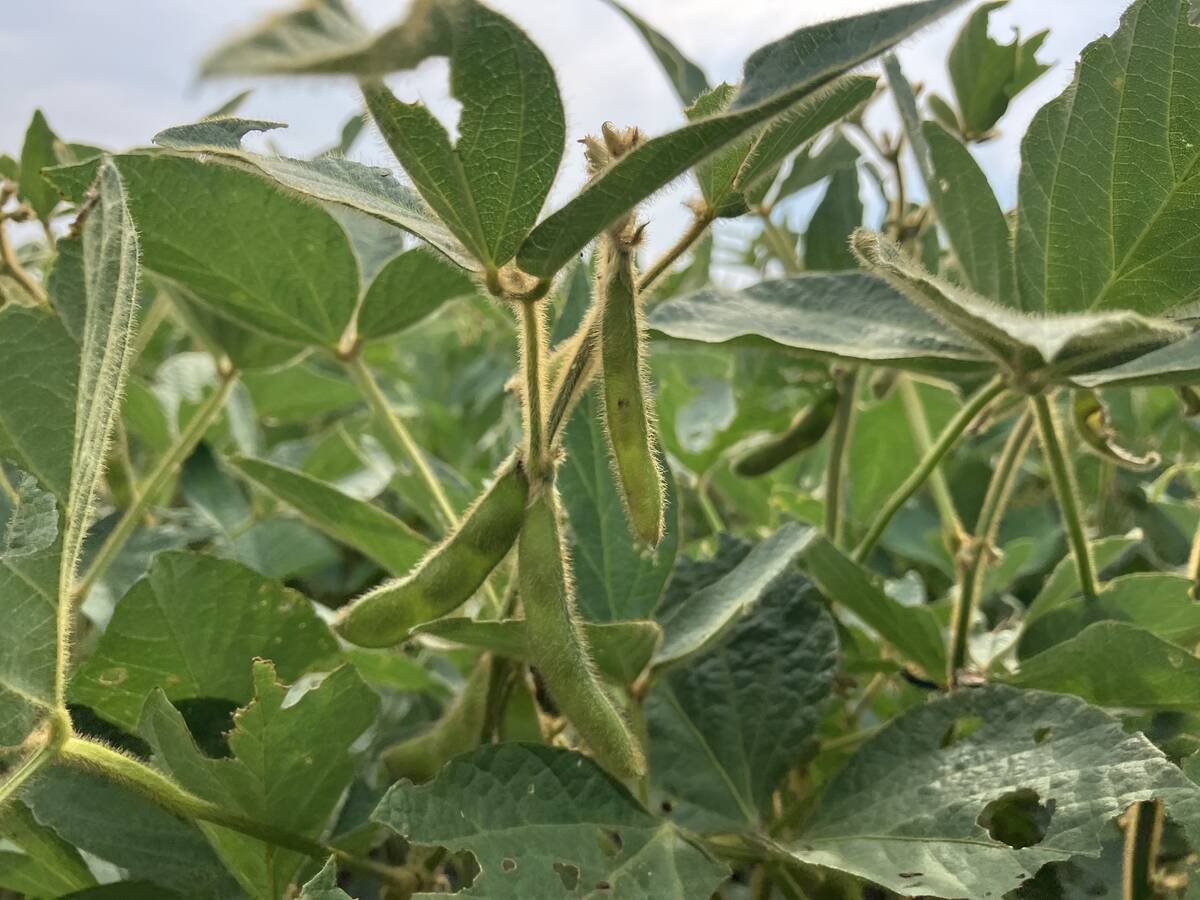
Huge crops in South America says analyst
Although there’s a debate over the size of the South American soybean crop, there’s little doubt that it will be an enormous one, said consultant Michael Cordonnier of Soybean and Corn Advisor in Hinsdale, Ill.
Acting Agriculture Undersecretary Michael Scuse said USDA "seeks to enroll as many acres as we possible can" in the reserve, including re-enrolment of land in expiring contracts.
The government program is designed to idle land in environmentally fragile areas and along streams and waterways to control erosion.
Enrolment in the reserve dropped by 1.5 million acres during 2011, when 4.4 million acres left the reserve and 2.9 million acres entered. Analysts say U.S. plantings will increase this year, partly because the additional cropland is available and because of continued high crop prices.
While some landowners want to put land back into crops, "others are equally interested in enrolling," said the National Sustainable Agriculture Coalition, a small-farm advocate. It said this spring’s enrolment is a step to protect natural resources.
The wheat-growing U.S. Plains account for nearly half of the land in the reserve, which holds nine per cent of U.S. farmland.
Half of the land eligible to leave the reserve this fall is in Plains states of Colorado, Kansas, Montana, North Dakota and Texas. Roughly 1.4 million acres, or 20 per cent, are in the Corn Belt.
By law, maximum enrolment in the reserve is 32 million acres. The ceiling would drop to 25 million acres under some proposals for the next U.S. farm law, which could be written this year.


